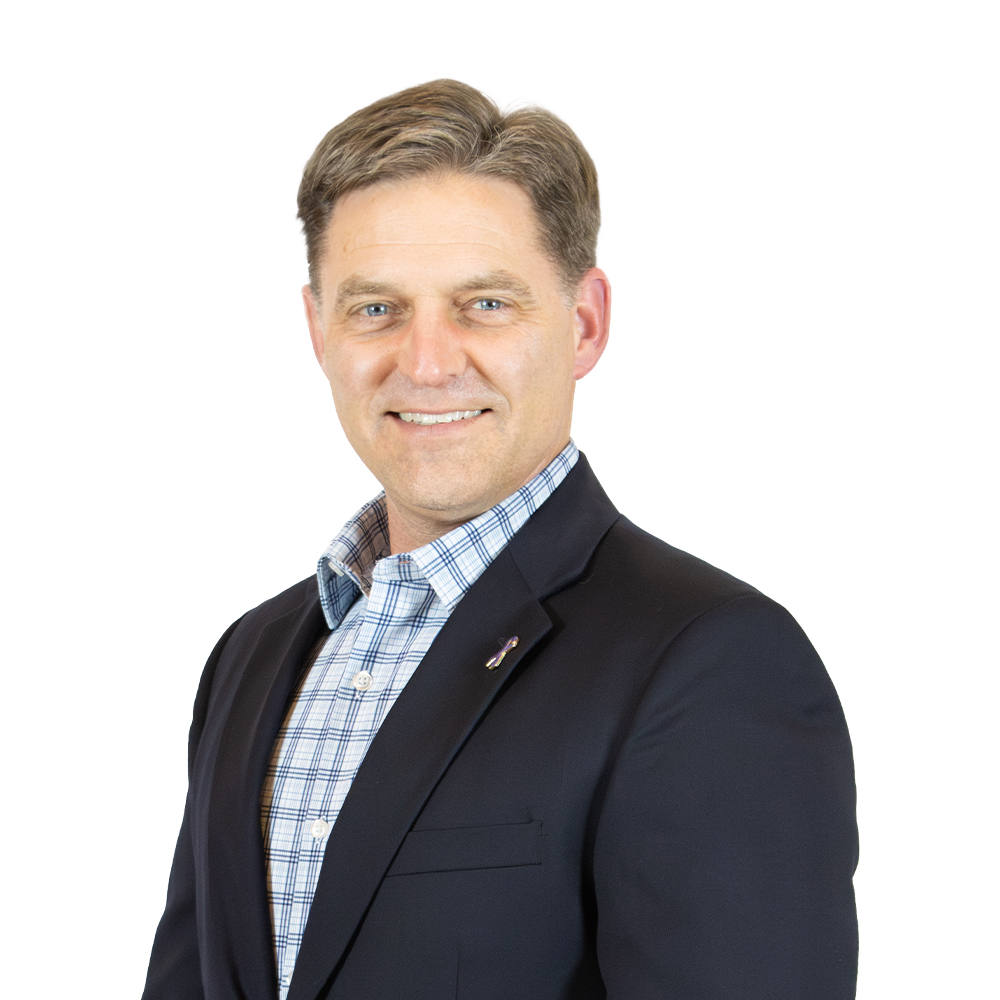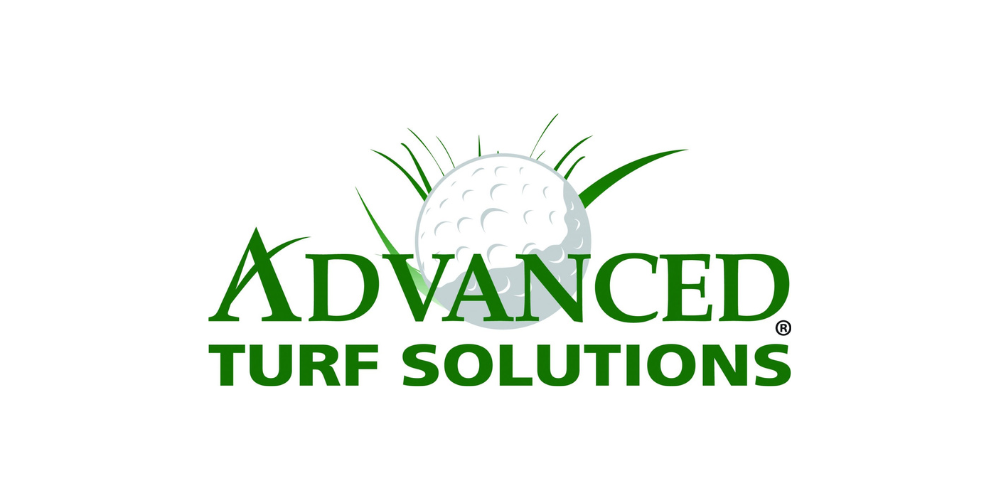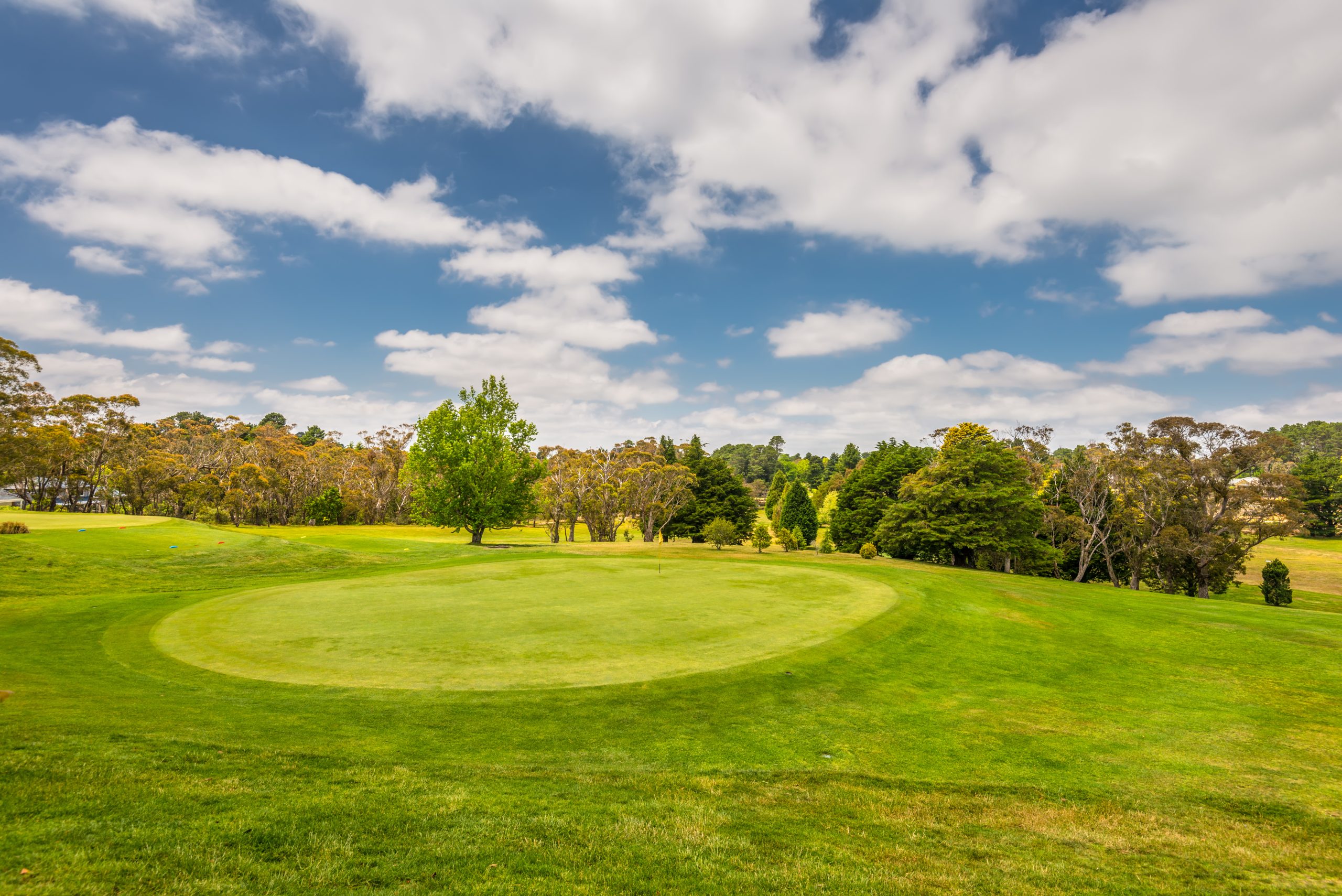Greens aeration is a necessary cultural practice for many golf courses. It is the most important practice that a superintendent can perform to remove thatch if it is deeper than desired. It is an invasive practice that disrupts the normally smooth surface of the putting green, which disappoints most golfers.
There are ways to decrease the recovery time of a green post-aeration. These include nutritional inputs, moisture management, the use of growth regulators, and even the timing of the aeration process. Let’s look at each of these in depth.
The timing of the aeration process can greatly affect the speed of recovery, but it is also the most difficult factor for many superintendents to adjust. The timing is more often set by the schedule of upcoming golf events that need to be completed before aeration can occur. However, if the aeration can be performed when the turf is actively growing, it will recover much faster than waiting until later in the fall, when the growth has slowed. Typically, a green aerated in mid-August can be fully recovered in seven to 10 days. An October aeration has a great chance of not fully recovering until the next growing season.
Growth regulators can adversely affect the speed of recovery. If growth is inhibited, the time needed to recover from injury will be lengthened unless the regulator chosen slows the growth of grasses at different rates. Many regulators slow the growth of many or all types of grasses. Cutless MEC, from the SePRO Corporation, will lend the competitive growth advantage to bentgrass rather than Poa annua. An application of Cutless five to seven days prior to aerating will inhibit the growth of Poa annua to nearly zero, but will allow the bentgrass to grow laterally. This will help to ensure that nearly all of the holes will be filled with bentgrass.
Moisture management following an aeration event is critical for the recovery of the putting surface. Maintaining consistent moisture levels is important in the first days following aeration to avoid desiccation of the perimeter of each hole. Wetting agents, such as Hydro-Pak Percolate, will help to maintain adequate moisture levels in greens throughout the growing season, and are important to keep in the program until after aeration is complete.
Nutritional inputs may be the most important factor to consider when planning for aeration and the recovery of the turf. The Foliar-Pak Aeration Recovery Cool Season Program will aid in the quick recovery of aerated turf by supplying natural plant extracts and active L-Amino Acids. The amount of nitrogen applied can be significantly reduced when a complete foliar program of nutrients is applied. The program consists of 4 products:
- Foliar-Pak Foundation Forty: Apply at 1.5 fluid ounces per thousand square feet
- Foliar-Pak Grow-In: Apply at 6 fluid ounces per thousand square feet
- Foliar-Pak Micros Plus: Apply at 0.5 fluid ounces per thousand square feet
- Foliar-Pak Colonise Bio: Apply at 1.5 to 3 fluid ounces per thousand square feet
Apply three days prior to aeration and again seven days after aeration.

Download the Foliar-Pak Aeration Recovery Program.
There are numerous things to consider when planning for an aeration of greens surfaces. Moisture management and growth regulator applications can play a large role in recovery, but the two most important factors are timing and nutritional inputs. By following these recommendations, you can ensure a quicker and healthier recovery of putting surfaces after fall aeration.
As always, contact your Advanced Turf Solutions sales rep for information about these products and timing recommendations.













